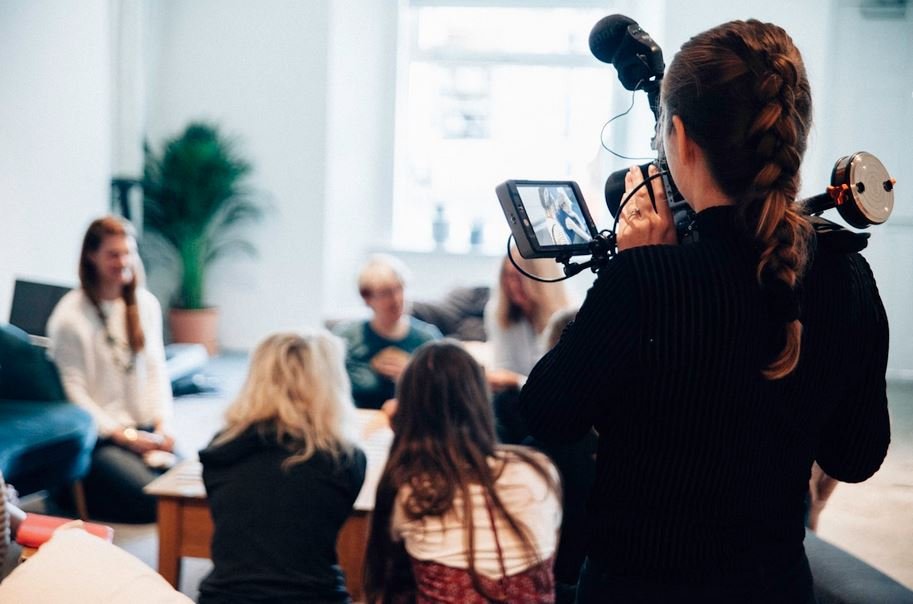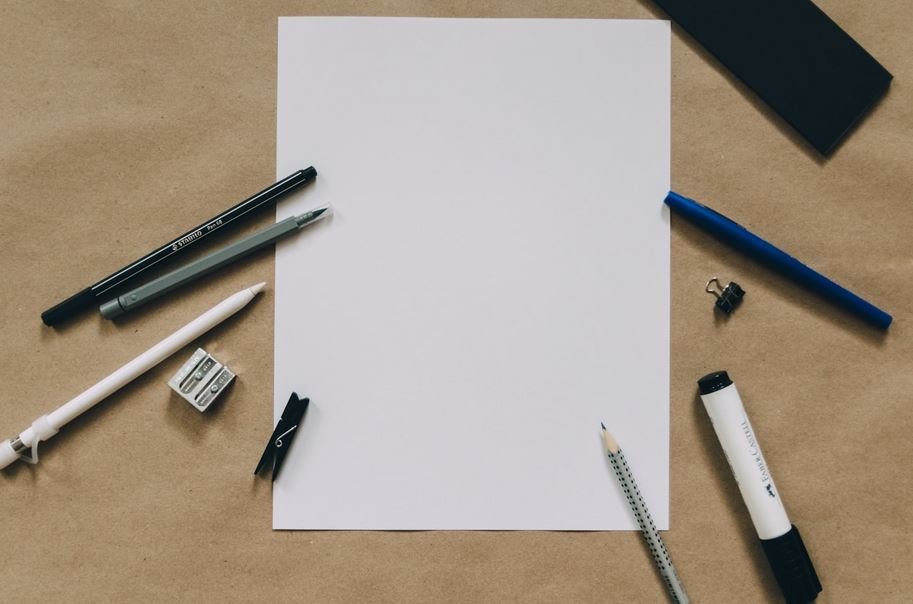
Logical reasoning refers to the process of using logical principles and critical thinking to analyze and evaluate arguments, identify patterns and relationships, and draw valid conclusions. It involves reasoning based on facts, evidence, and logical rules to arrive at well-supported judgments or decisions.
Logical reasoning is an essential skill in various domains, including problem-solving, decision-making, mathematics, philosophy, computer science, and everyday life. It helps individuals to think rationally, make logical connections, and avoid fallacious reasoning.
Developing logical reasoning skills requires practice and exposure to a variety of logical problems and arguments. It involves understanding logical principles, recognizing patterns, evaluating evidence, and applying logical rules consistently.
By applying logical reasoning, individuals can make more informed decisions, solve complex problems, identify flaws in arguments, and communicate effectively. It is a valuable skill in both academic and professional settings, as well as in everyday life situations.
Here’s a list of potential interview questions that could be asked during a logical reasoning interview:
1. Consider the set of alphabets given below:
{S, A, B, Y, E, U, Z, T, R, E, M, G}
How many of the following words cannot be formed using the set of alphabets given above only once?
1. MASTER
2. BUTTER
3. MUGS
4. RESTORE
5. GUEST
Ans: 2
2. In which of the following sentences, vowels occur the least number of times?
Ans: Travelling is my hobby and my passion.
3. Study the following information and answer questions that follow.
Eight girls A, B, C, D, E, F, G, and H are sitting around a circular table facing the center as per the following arrangements.
– Two girls are sitting between B and D.
– A is friends with G and B, and thus sits between both of them.
– G sits third to the right of F.
– H, F, and C do not sit opposite to B.
– F likes to sit between E and C.
Who among the following sits between H and F?
Ans: c
4. Who among the following sits to the immediate right of C?
Ans: F
5. Who among the following sits second to the left of B?
Ans: G
6. Who among the following sits opposite to H?
Ans: D
7. Study the following information and answer the questions that follow.
Seven people P, Q, R, S, T, U, and V go fishing on one of the days starting from Monday. It is known that only one person goes fishing each day.
– P goes fishing on Thursday.
– Only two people go fishing between P and S as well as between P and V.
– U goes fishing before P.
– There is a two days’ gap between fishing days of Q and R.
– T, Q, and U go fishing before R.
– V goes fishing on Sunday.
Who among the following goes fishing on the day next to R?
Ans: v
8. Who among the following goes for fishing on Friday?
Ans: T
9. Who among the following goes for fishing on Wednesday?
Ans: Q
10. Who among the following goes fishing on the day next to P?
Ans: T
11. Study the following information and answer the questions that follow.
P, Q, R, S, T, U, and V – seven friends from different hometowns Delhi, Chandigarh, Chennai, Jaipur, Kolkata, Patna and Mumbai not necessarily in the same order. They have consecutive birthdates starting from 8th to 14th that too not in the same order. Following details are known about them:
– R is from Kolkata and his birthday is on 13th.
– The one from Chennai has his birthday on 14th.
– V’s birthday is next to that of P’s who is from Delhi and has his birthday just after T’s.
– S is from Chandigarh and has her birthday on 8th.
– Q is neither from Chennai nor from Jaipur and V is from Patna.
Who is from Mumbai?
Ans: Q
12. On which date does P celebrate his birthday?
Ans: 10 or 11
13. Study the information given below and answer the questions that follow:
8family members A, B, C, D, E, F, G, and H are sitting around a square shaped dining table; two on each side. Following details are known about them:
– There are two couples in the family. Husband and wife sit beside each other.
– B and G are siblings and do not like to sit next to each other so sit at the maximum distance.
– E who is the father of C likes to sit next to his only daughter.
– The two ladies of the family sit opposite each other.
– G sits near his father A and next to his cousin D.
Who is the wife of E?
Ans: Cannot be determined
14. Who is the daughter of A?
Ans: Cannot be determined.
15. How is C related to B?
Ans: Cousin brother
16. Below is given a question followed by two statements numbered I and II. The question may or may not be answered with the help of these statements. You have to decide if these statements are sufficient to answer the question.
Question: Whose property is the largest among Joe, Vincent, and Claire?
Statements:
I. Claire’s property is more than Joe’s.
II. Joe’s property is less than Vincent’s.
Ans: Statements I and II together are not sufficient to answer the question asked and additional data to the problem is needed.
17. Below is given a question followed by two statements numbered I and II. The question may or may not be answered with the help of these statements. You have to decide if these statements are sufficient to answer the question.
Question: What is the age of Kaira?
Statements:
I. Kaira is 5 years older than Shina.
II. Shina is 2 years younger than Rita.
Ans: Statements I and II together are not sufficient to answer the question asked and additional data to the problem is needed.
18. Below are given statements followed by two conclusions. Take the given statements to be true, even if they contradict commonly known facts and determine the conclusions that logically follows from the statements.
Statements:
I. All lilies are in lavenders.
II. All roses are in sunflowers.
Conclusions:
I. All lavenders are in lilies.
II. Some roses are in lilies
Ans: Neither conclusion I nor conclusion II follows
19. Below is given a question followed by two statements numbered I and II. The question may or may not be answered with the help of these statements. You have to decide if these statements are sufficient to answer the question.
Question: Is P < Q?
Statements:
I. |P|= 2
II. |Q| = 5
Ans: Statements I and II together are not sufficient to answer the question asked and additional data to the problem is needed.
20. Below are given statements followed by two conclusions. Take the given statements to be true, even if they contradict commonly known facts and determine the conclusions that logically follows from the statements.
Statements:
I. All BMWs are Audi.
II. Some Audi are Mercedes.
III. No Mercedes is a Jaguar.
Conclusions:
I. All Jaguars are BMW.
II. Some Mercedes are BMW.
Ans: Neither conclusion I nor conclusion II follows
21. Below are given statements followed by two conclusions. Take the given statements to be true, even if they contradict commonly known facts and determine the conclusions that logically follows from the statements.
Statements:
I. Some Sams are Charles.
II. Some Charles are Jacks.
III. All Jacks are Jones.
Conclusions:
I. Some Jones are Charles.
II. Some Sams are Jacks.
Ans: Only conclusion I follows
22. Below are given statements followed by two conclusions. Take the given statements to be true, even if they contradict commonly known facts, and determine the conclusion/s that logically follow/s from the statements.
Statements:
I. Some paintings in the art gallery are made by Michael.
II. Many paintings in the art gallery are oil paintings.
Conclusions:
I. Michael is someone who makes paintings.
II. Michael painted some oil paintings.
Ans: Only conclusion I follows
23. Below are given statements followed by two conclusions. Take the given statements to be true, even if they contradict commonly known facts, and determine the conclusion/s that logically follow/s from the statements.
Statements:
I. All rivers are ponds.
II. Some ponds are seas.
III. Some seas are lakes.
Conclusions:
I. Some rivers are lakes.
II. All rivers are seas.
Ans: Neither conclusion I nor conclusion II follows
24. Below are given statements followed by two conclusions. house the given statements to be true, even if they contradict commonly known facts, and determine the conclusion/s that logically follow/s from the statements.
Statements:
I. Some frogs are snakes.
II. Some flies are snakes.
III. All snakes are bugs.
Conclusions:
I. Some frogs are bugs.
II. Some bugs are flies.
Ans: Both conclusion I and conclusion II follow
25. Below are given statements followed by two conclusions. Take the given statements to be true, even if they contradict commonly known facts and determine the conclusions that logically follows from the statements.
Statements:
I. No feeling is sad.
II. All sad are small.
III. Some processes are happy.
Conclusions:
I. All feelings are happy.
II. Some happy are process.
Ans: Only conclusion II follows
26. In the following question, the symbols &&, !!, **, ?? and ## are used with the following meanings illustrated.
“P ** Q” means “P is neither smaller than nor greater than Q”.
“P && Q” means “P is neither smaller than nor equal to Q”.
“P !! Q” means “P is neither greater than nor equal to Q”.
“P ## Q” means “P is not greater than Q”.
“P ?? Q” means “P is not smaller than Q”.
Now assuming the given statements to be true, find which of the given conclusions given below them is/are definitely true and give your answer accordingly.
Statements:
I. S ?? T
II. T ** U
III. S ## V
Conclusions:
I. U !! V
II. T && S
Ans: Neither conclusion I nor conclusion II follows
27. In the following question(s), symbols !!, @ , #, ^v^ and (.) are used with different meanings as follows:
“A (.) B” means “A is not smaller than B”.
“A ^v^ B” means “A is neither smaller than nor equal to B”.
“A @ B” means “A is neither smaller than nor greater than B”.
“A !! B” means “A is not greater than B”.
“A # B” means “A is neither greater than nor equal to B”.
Now assuming in the following question the given statements to be true, find which of the given conclusions given below them is/are definitely true and give your answer accordingly.
Statements:
I. E @ C
II. D # E
III. F !! C
Conclusions:
I. C (.) D
II. F ^v^ E
Ans: Neither conclusion I nor conclusion II follows
28. In the following question, the Problem Figure is given with dot(s) placed in it. Out of the four Response Figure (a), (b), (c), (d), choose the one in which the placement of the dot(s) is NOT possible so as to satisfy the same conditions as in the Problem Figure and mark the answer accordingly.

Ans: (d)
29. Determine the minimum number of straight lines required to create the following figure.

Ans: 12
30. Which one of the following images is most unlike the other three?

Ans: (3)
31. From the Response Figure identify the one which will complete the sequence given in Problem Figure.

Ans: (3)
32. Follow the instructions depicted in the diagram given below and answer the questions that follow.

At the end of the flowchart, what will be the number stored in Box 4?
Ans: 8
33. At the end of the flowchart, what will be the number stored in Box 3?
Ans: -24
34. At the end of the flowchart, the number in all of the following boxes will change; except:
Ans: Box 2
35. Use the given flowchart to answer the questions that follow:

Which of the following elements of the input is/are checked by the operations in the given flowchart?
1. If the number is less than or equal to 1?
2. If the input number is a whole number?
3. If the input number is an integer?
Choose the correct answer from the options given below.
Ans: 1 and 3 only
36. The flowchart checks whether a number is evenly divisible by i = 2, 3, 4, 5, …. so, to be a prime number, any number has to be evenly divided by ___________ number(s).
Ans: None of the mentioned options
37. If the input number is 7, then how many times the loop is executed?
Ans: 5
38. Pick the odd one out from the given options.
Ans: Coal
39. For the following questions, choose the answer that best completes the comparison.
Hat : Head :: Shoe : ?
Ans: Foot
40. Pick the odd one out from the given options.
Ans: 147
41. For the following questions, choose the answer that best completes the comparison.
Mythological : Real :: Augment : ?
Ans: Decrease
42. For the following questions, choose the answer that best completes the comparison.
Frivolous : Facetious :: Agnostic : ?
Ans: Undevout
43. Pick the odd one out from the given options.
Ans: Tethered
44. Find the missing term(s) in the following series.
3, 5, 9, ?, 23, 33, 45
Ans: 15
45. If A means addition, B means subtraction, C means multiplication and D means division, then what would be the value of the following expression?
(4 C 3 B 24 D 6 A 10 D 5)
Ans:10
46. If apples are called paintings, tube lights are called bangles, birds are called schools, icecreams are called tube lights, schools are called apples, paintings are called ice-creams and bangles are called birds, which of the following give us light?
Ans: Bangles
47. If in a certain code language “MODEMS” is coded as “24” and “DEVIL” is coded as “20”, then how would “TRAVELLER” be coded?
Ans: 36
48.Find the missing term(s) in the following series.
B, F, K, ?, X, F
Ans: Q
49.If in a certain code language “DANCE” is coded as “UWNYV”, then how would “PROVE” be coded?
Ans: UDOHJ
50. Find the missing term(s) in the following series.
8, 25, ?, 143, 268
Ans: 66








